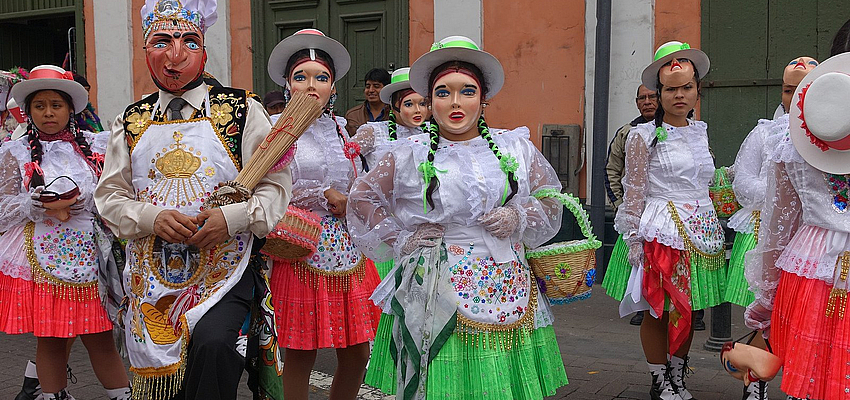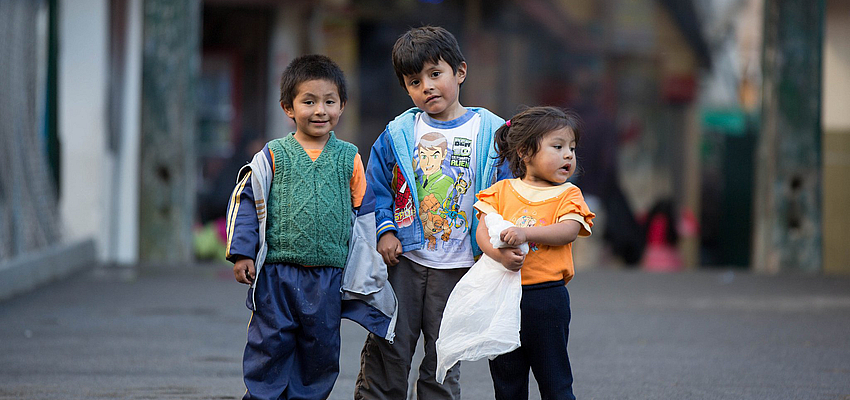


Once upon a time there lived a tribe of warriors who laid the foundations of the glorious Inca Civilisation...
The earliest human traces in Peru date back 20,000 years. From 1250 BC, several civilisations, originating from the north, settled in the region. The Incas, a warrior tribe headed to the north, establishing a stronghold in the Cuzco region between 1100 and 1300. It was from here that they began, around 1450, to conquer surrounding territories.
The Incas were ruled over by an emperor who held a god-like status. The Inca's wealth, gleaned from gold and silver mining, aroused the interest of the Spanish and, in 1531, Francisoc Pizarro set sail for Peru. He founded Cuidad de los Reyes, the Peruvian must-see 'City of Kings', known today as Lima. Colonial rule lasted for over two centuries. The Amerindian population was integrated and split into agricultural communities. The Spanish grew wheat, vines, sugar cane and also imported slave labour. Peru played a major role in global economics until the 18th Century, thanks to its precious metal mines, silver in particular.
In 1780, the Amerindians rebelled, under the leadership of José Gabriel Condorcanqui. The revolt was crushed and Condorcanqui executed. In 1814 another uprising was also quashed. In 1820, José de San Martin, an Argentinian who fought against the Spanish in Chili, headed to Peru and entred Lima. The result was that, in 1821, the country declared its independence and San Martin was made Protector of the state.
Chaos ruled over the years that followed and it was only in 1845, when Ramon Castilla became President that Peru fell on peaceful times. He abolished slavery, adopted a liberal constitution, built railways and exploited the rich nitrate and guano deposits. When, in 1864, Spain seized the guano-rich Chincha Islands, it declared war on Peru. The country, in turn, allied itself with the Equatorial region, Boliva and Chili, securing a victory along the way. The treaty of 1879 ended the war and Spain finally recognised the Peruvian sovereignty.

Then came the Pacific War, where Peru opposed Chili over control of the Tarapaca Province. The conflict ruined Peru, the country beginning its reconstruction under a dictatorship led by Augusto Leguia y Salcedo. 1924 saw the birth of APRA, the American Popular Revolutionary Alliance, formed by exiled Peruvian academics. In 1945 José Luis Bustamante Rivero, a reformist, took power thanks to a liberal and leftist coalition that included APRA. Civil rights and freedom of the press were reinforced.
Sadly, the years that followed were not beneficial to the country, largely due to the 1968 Coup d'Etat led by General Juan Velasco Alvarado. Even if several presidential elections have been held since 1980, none of Peru's leaders have managed to alleviate the country's poor economic situation. Alberto Fujimori, son of a Japanese immigrant, came to power in 1990. After ten years in office, he was found guilty of Human Rights violations, embezzlement and illegal wiretapping. The current President is Ollanta Humala, who was elected in 2011.